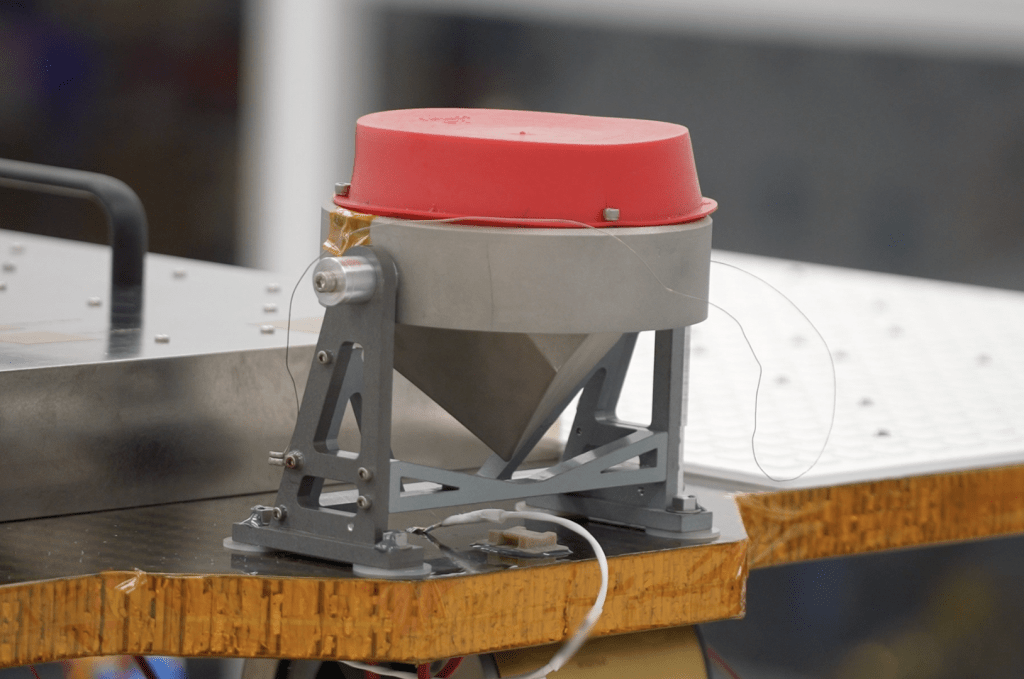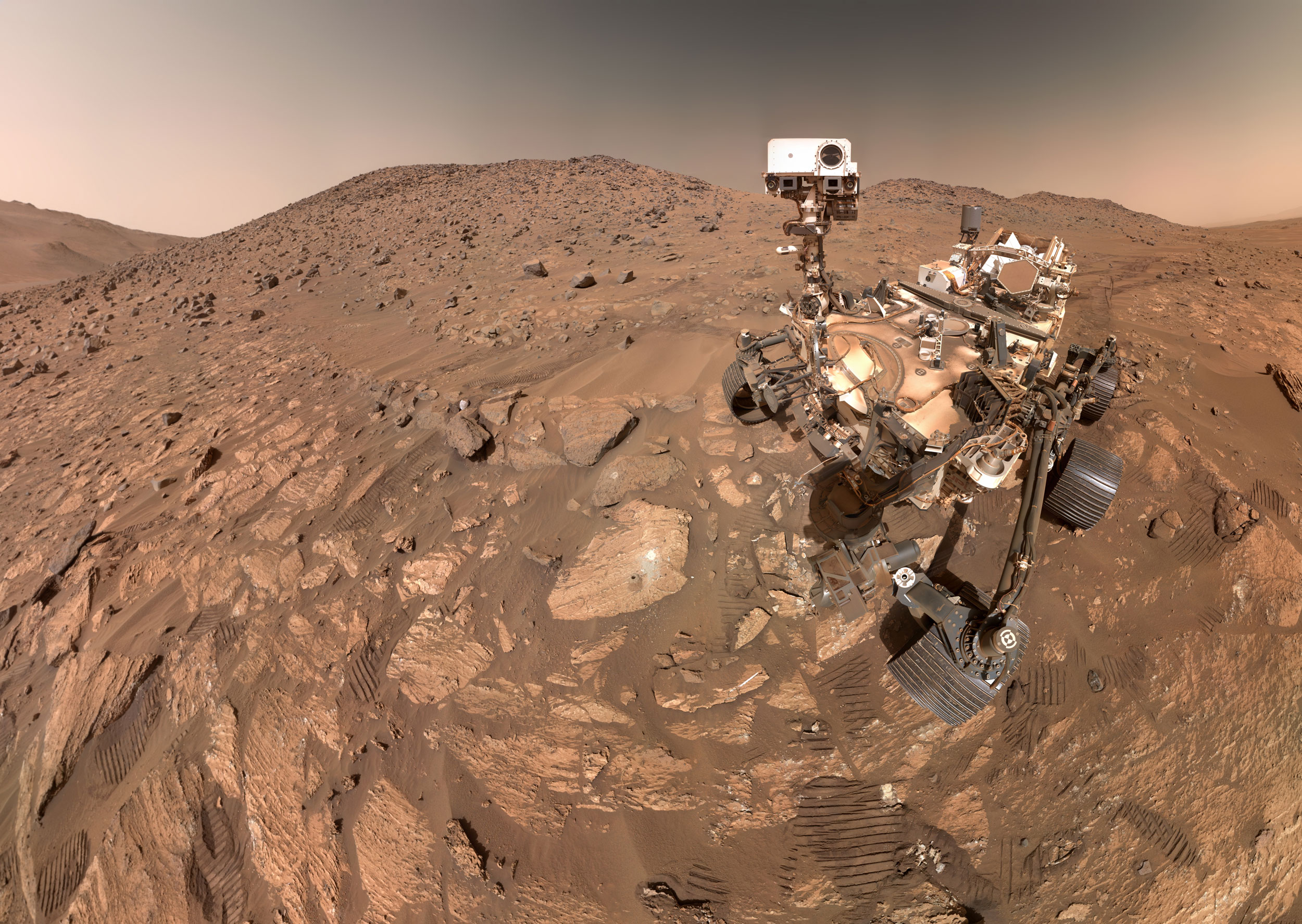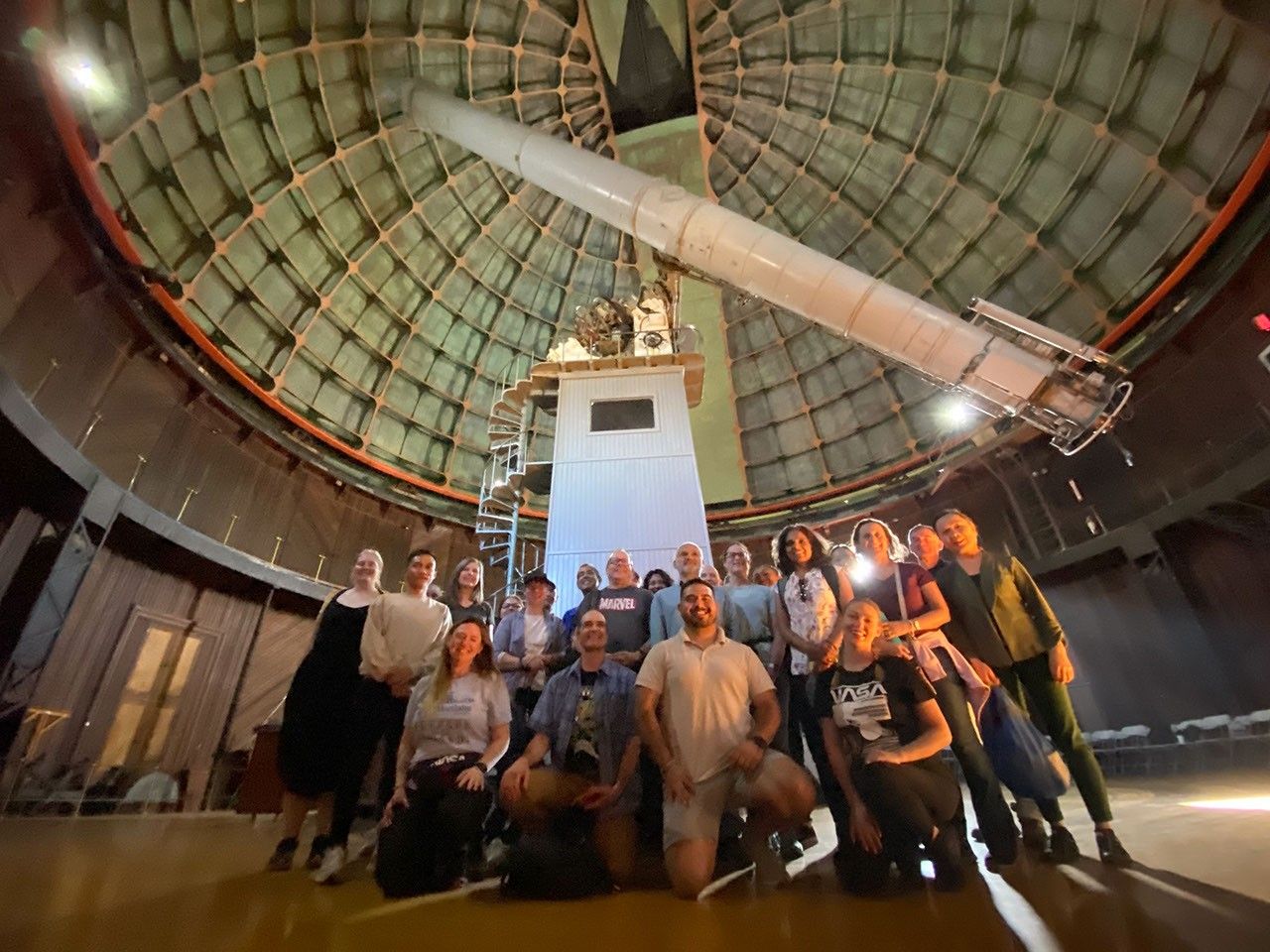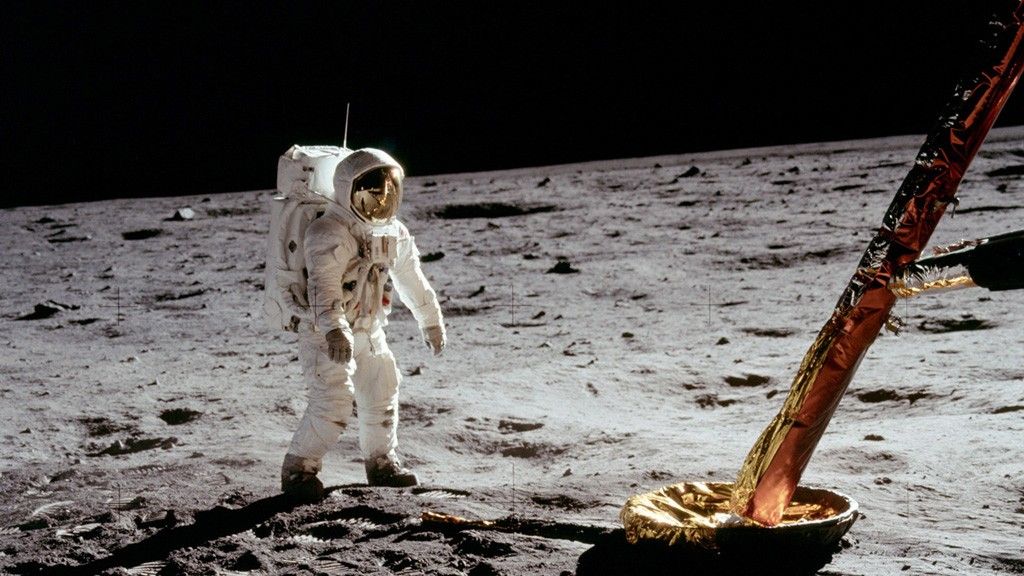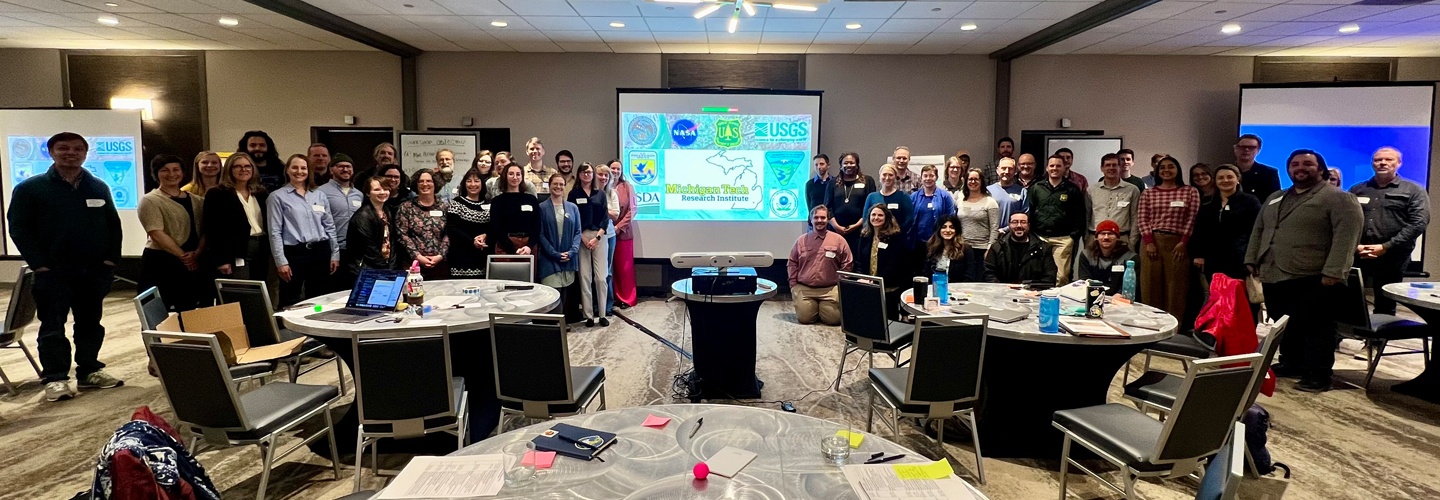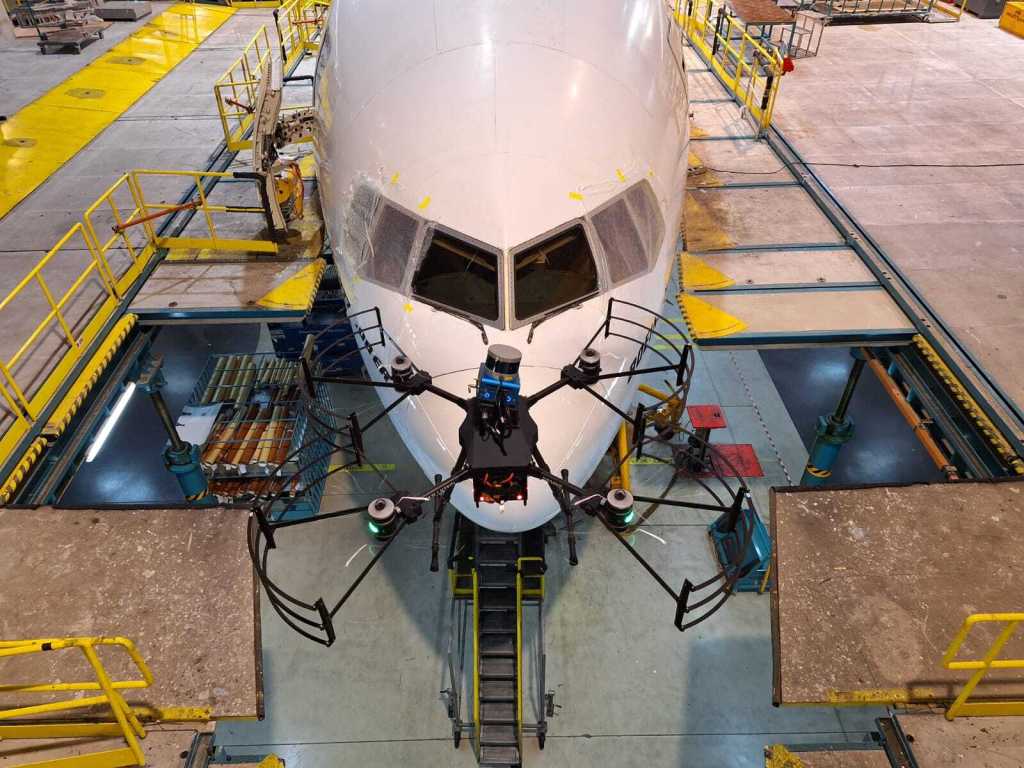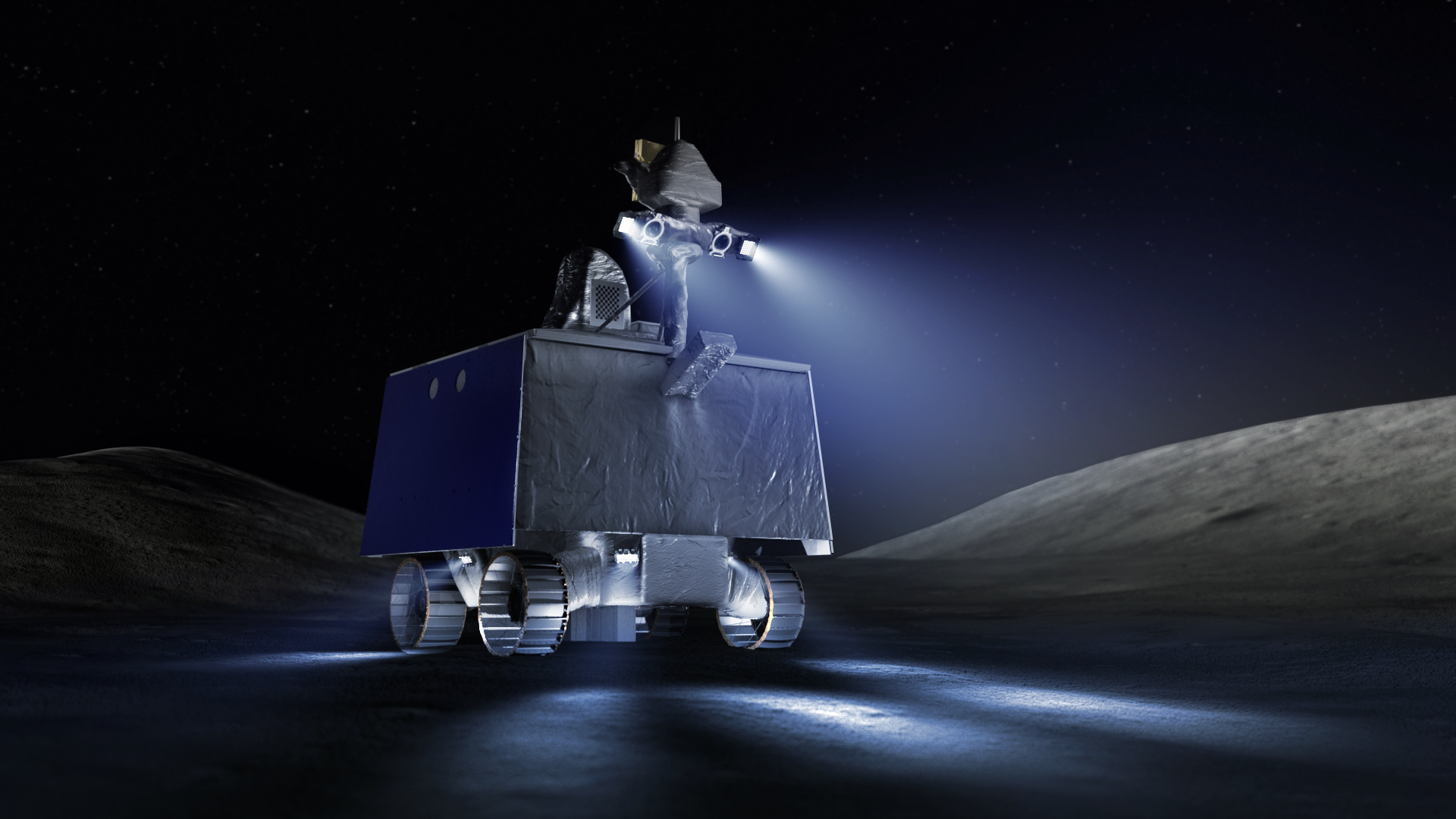
Lee este anuncio de prensa en español aquí.
NASA’s first lunar mobile robot, the Volatiles Investigating Polar Exploration Rover (VIPER) has passed its Critical Design Review (CDR), a critical milestone indicating that the rover has a completed design and has been approved by an independent NASA review board. The mission can now turn its attention to the construction of the rover itself, which will launch on a SpaceX Falcon-Heavy rocket for delivery to the Moon by Astrobotic’s Griffin lander under NASA’s Commercial Lunar Payload Services initiative.
As part of the Artemis program, the VIPER mission is managed out of NASA’s Ames Research Center in California’s Silicon Valley, and its primary objective is to get a close-up view of the location and concentration of ice as well as other resources at the Moon’s South Pole. By using an onboard suite of instruments developed across the agency and with commercial partners, the mission will be able to identify and eventually map where ice and other resources exist across and below the lunar surface. This resource mapping mission will bring NASA a significant step closer to its goal of the first long-term presence on the Moon and add to our understanding of the origin of lunar water.
“The VIPER team has been focused on completing the design of this clever little mission, bringing us to this culminating review,” said Daniel Andrews, VIPER project manager. “With an approved design, the team now looks toward turning that design into real hardware, bringing VIPER to life in 2022.”
Construction of the rover will begin in late 2022 at NASA’s Johnson Space Center in Houston, while the rover flight software and navigation system design will take place at Ames. Astrobotic will receive the complete rover with its scientific instruments in mid-2023 in preparation for launch later that year.
VIPER’s Design Passed its Final Test
The CDR is the final review that focuses on the system’s design. Ensuring that the rover’s systems and the instruments are able to work together is no easy task. Passing the mission’s CDR builds upon a series of previous Critical Design Assessments (CDA), where independent reviewers evaluated VIPER’s systems individually.
The earlier CDA’s focused on functions such as flight navigation systems and software, thermal and mechanical systems, and more. The CDR ensured these components are all capable of working together in a fully functional robotic system ready to explore the lunar surface.
Since VIPER passed its earlier milestone called the Preliminary Design Review, or PDR, the system design has evolved considerably, focusing on how to safely conduct maximum science on the lunar surface. The selection of the region west of Nobile Crater as the rover’s landing site was specifically chosen to be a good match for the capabilities of the overall VIPER system while also meeting all science goals.
A Design Ready to Reveal the Moon’s Secrets
This final, approved rover design weighs 992 pounds in total and can travel at a speed of 0.45 miles per hour. It uses a solar-charged battery with a peak power of 450 watts and features mounted headlights – the first NASA rover to do so. Using its cameras and headlights, VIPER will navigate around hazards and traverse into craters while staying connected to Earth using the Deep Space Network.
The rover and its components have been tested to endure the extreme lunar environment and answer key questions about the composition of the Moon. Using a hammer drill and three science instruments, VIPER will analyze drill cuttings for ice and other resources. VIPER will also study the soil and gasses in the lunar environment.
“Science will influence the VIPER mission in real-time unlike any mission that has come before this,” said Anthony Colaprete, VIPER lead project scientist. “It’s exciting to have the design approved and our collective ideas realized with this mission.”
Learn more about the VIPER mission at:
-end-
Katie Cousins
Ames Research Center, Silicon Valley, Calif.
650-604-4789
katie.l.cousins@nasa.gov


